Some practices of military medicine were largely unchanged over the past decade, until 2008 when the Armed Forces Institute of Regenerative Medicine was established. The AFIRM set out to research the feats of regeneration that the human body is capable of, and determine how those feats could translate to medical breakthroughs with the potential to change medicine.
"The goal of the AFIRM is to accelerate regenerative medicine therapies and technologies to help heal the wounded warriors where the current available technologies are not adequate," explained Terry Irgens, AFIRM project director.
They accomplish this through a multi-institutional, interdisciplinary network of scientists and researchers dedicated to finding new methods of treatment that will improve or replace traditional practices. The AFIRM envisions a day when injured Soldiers' combat wounds are healed within weeks, as opposed to months or years. Their hope is for injured Soldiers to be fully functional after treatments that, in the past, would have left them with painful, limiting and disfiguring scars; furthermore, that all of this can be accomplished by the Soldiers' own body, through cells, tissue and fat that create virtually "self-made" medicine.
How is it possible that the human body has the potential to regrow and recreate itself to heal and recover from combat injuries' It happens with a little assistance from science.
The AFIRM is managed and funded through the U.S. Army Medical Research and Materiel Command, with additional funding from the U.S. Navy, Office of Naval Research; the U.S. Air Force, Office of the Surgeon General; the National Institutes of Health; the Department of Veterans Affairs; and local public and private matching funding.
The AFIRM has five major research programs: limb repair and salvage, craniofacial reconstruction, burn repair, scarless wound repair and compartment syndrome repair. These five programs work under two main objectives: to save lives and close wounds, and to improve the injured Soldier's life. The AFIRM is made up of two civilian research groups working with the U.S. Army Institute of Surgical Research in Fort Sam Houston, Texas. Wake Forest University Baptist Medical Center in Winston-Salem, N.C., and the McGowan Institute for Regenerative Medicine in Pittsburgh lead one group; Rutgers, the State University of New Jersey and the Cleveland Clinic lead the other.
The third component of these groups, or research consortiums, is the U.S. Army Institute of Surgical Research. USAISR provides additional support, accelerating regenerative medicine projects through the regulatory process to provide Food and Drug Administration-approved therapies and the infrastructure for clinical trials of products being evaluated for FDA licensure. Each consortia and the USAISR work on products within all five of AFIRM's focus areas. They collaborate to share experiences and increase the focus on technologies that have the greatest chances for developing into FDA-approved products.
Colonel Robert Hale, the USAISR representative to the AFIRM, often refers to regenerative medicine as a "game-changer." Before the establishment of AFIRM, Hale conducted a study to help identify and define the types of facial injuries commonly sustained during battle, and the various challenges associated with those injuries. This study helped to clarify the multitude of differences that exist between military and civilian injuries, and helped indentify the focus of Hale's work: soft-tissue.
Soft-tissue refers to the tissues that connect, support and surround the structures and organs of the body. It includes tendons, ligaments, fascia, skin, fibrous tissues, fat, connective tissue, muscles, nerves and blood vessels. A combination of collagens, elastins and water are contained within the soft-tissue, and these materials are capable of regenerating with very little assistance. This was an exciting development, as traditional medicine relies primarily on bridge technology (using skin and cells from another person's body).
However, regenerative medicine treats a patient using his or her own cells or similar skin substitutes. This is a superior form of treatment because it expedites the treatment process, creates less risk of secondary infections or adverse reactions, and can be used "off-the-shelf" to treat a patient without the need to search for a donor or subject the patient to painful grafting procedures.
Hale surmised that with this technology we will eventually be able to regenerate a patient's skin for a full facial transplant that is both smooth in appearance and allows for better form and function. This groundbreaking technology has the potential to completely reinvent the way that medicine is conducted.
One area that has seen major developments is the treatment of burns. Frequently seen in both civilians and Soldiers, burns are particularly common in theater due to the increased use of IEDs in combat. Traditional treatment of burns included the use of antibiotics and tissue excision for deeper burns; the excised tissue would then be replaced with tissue substitutes. While this method has been used successfully for years, it is not without challenges. Aside from being an extremely painful and lengthy process, there is also a higher rate of infection and scarring.
However, new technologies being developed by the AFIRM and USAISR provide the ability to close burn wounds using a patient's own skin with less pain in two to three months, as opposed to the six months to one year timeframe of traditional methods. One such product is the ReCell device.
ReCell provides a simple, safe technique for harvesting epidermal cells for skin repair. First a split-thickness skin biopsy is conducted, followed by separation of the dermis (the inner skin layer) from the epidermis (the outer protective skin layer) to harvest the cells of the epidermal-dermal junction. The separated cells are combined in a suspension fluid that consists of a mixed population of live skin cells. The liquid suspension is then sprayed onto the prepared wound. The cells travel over the wound, reconstructing the skin with site-matched characteristics such as skin color and texture. The ReCell device is currently undergoing clinical trials. If successful, it will be FDA-approved and available for use within the next two to three years.
The more than 50 doctors supporting the AFIRM and USAISR have made one thing clear: They are excited about treating both military and civilian patients with new and improved methods that are not only feasible, but also within months or years of being readily accessible. Other new clinical trials include the development of a regenerative powder that enables the regrowth of muscles, using an extracellular matrix (the part of tissue, outside the cell, that usually provides structural support to the cell) to signal the regrowth of adult stem cells. This product could potentially be used to regenerate limbs or missing portions of limbs. The use of autologous fat transfer, which uses fatty tissue from other parts of the body and transplants it into the wound, could possibly improve the quality and appearance of scar tissue.
"When the skin is badly injured or burned, it becomes so scarred on top of muscles it can cause patients to develop a large divot or contour deformity," explained Hale. "We've been using the latest tissue engineering techniques to use fat collected around the belly button and transfer it under the damaged or deformed skin."
According to Hale, "The goal of regenerative medicine is to reconstruct muscular skeletal skin injuries with fewer surgeries, less invasive procedures and better results. If we can unleash the possibilities of regenerative medicine and perform surgeries in this way, we can all agree that would be an elevation of care."
In the past, there have been many evolutionary changes to medicine, but Hale is quick to clarify that regenerative medicine offers "revolutionary changes" that put doctors on the verge of a huge shift in the way they treat their patients.
To learn more about the AFIRM and clinical trials visit http://www.afirm.mil/. For more information about the USAISR visit http://www.usaisr.amedd.army.mil/.
Chelsea Bauckman works for the U.S. Army Medical Research and Materiel Command.
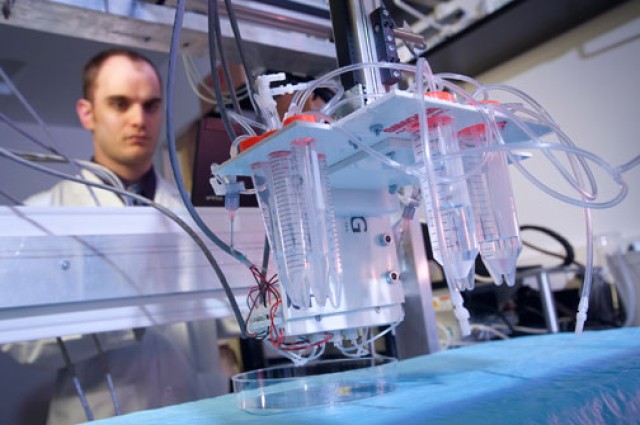
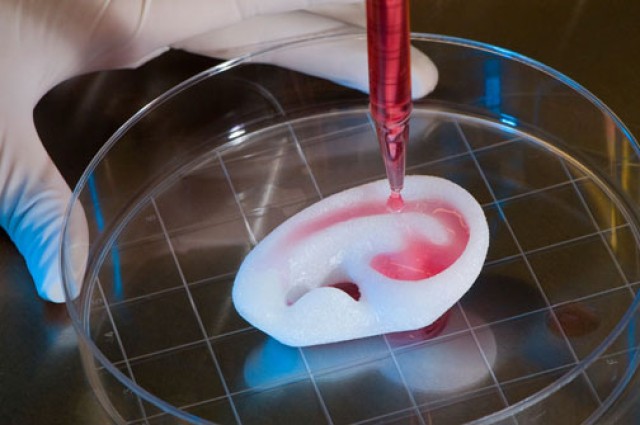
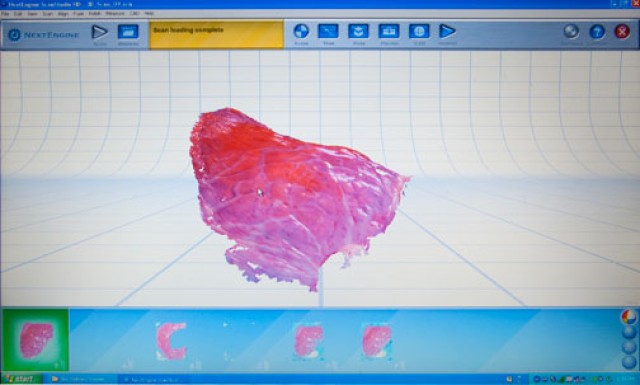
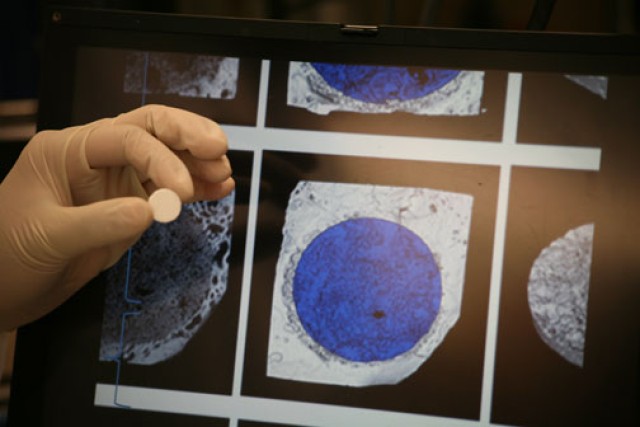
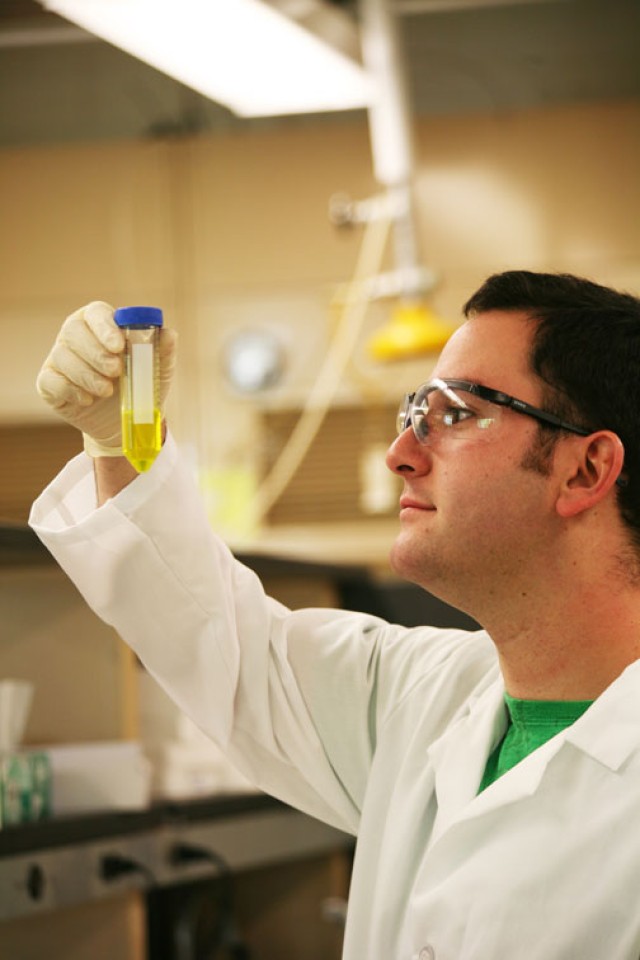
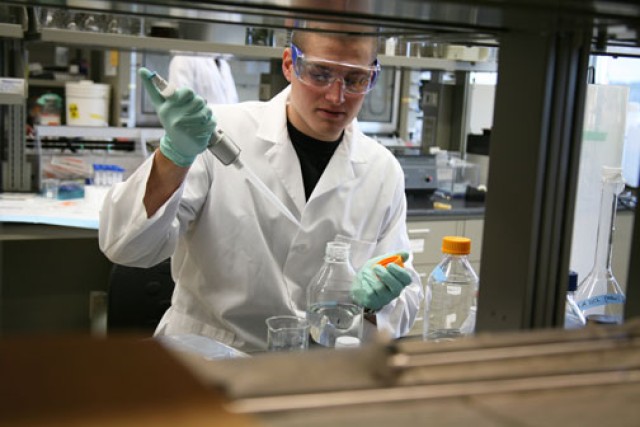
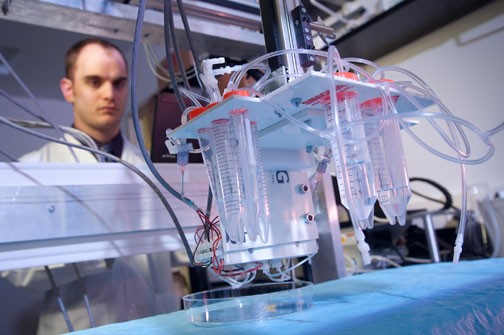

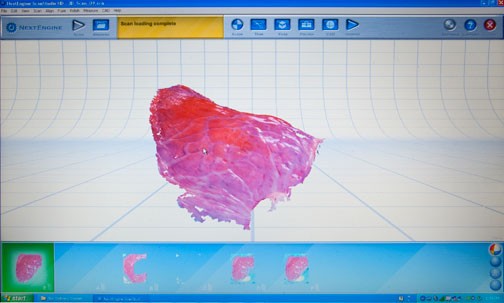

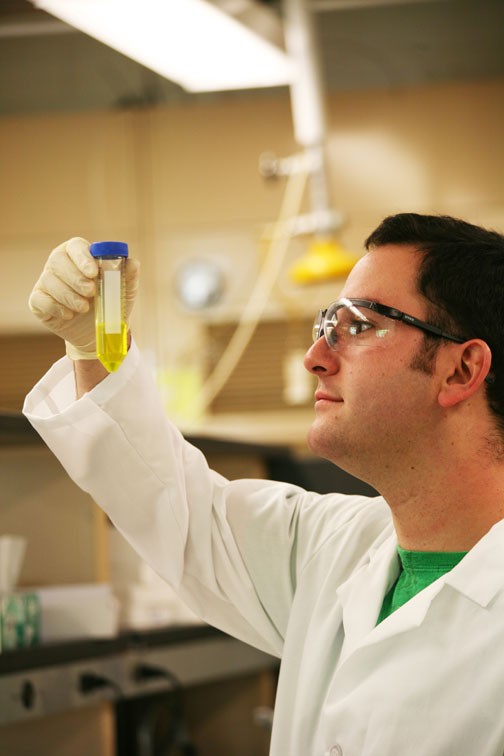

Social Sharing